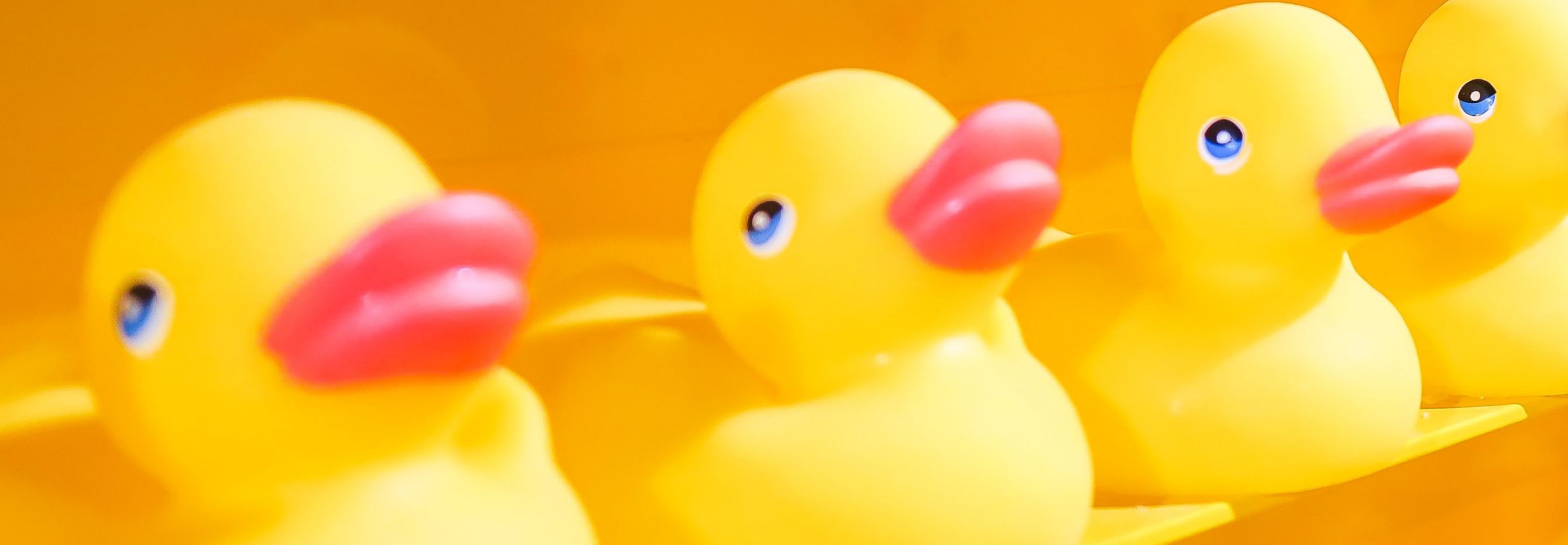
When it comes to organisations delivering on their goals, it is essential to have a motivating purpose, a future-focused strategy and the right culture.
You see, a company’s purpose encapsulates why the organisation exists – it is their reason for being. A clearly articulated purpose not only establishes direction, but it also helps to mould and shape the organisation’s strategy.
Then, going one step further, for a strategy to be executed successfully, it is imperative that an organisation creates and fosters the right culture that will support a business throughout their strategic journey. Each of these three business elements – purpose, strategy and culture – lend to the success of the next. Therefore, it is pivotal for them to be aligned to create a strong foundation upon which to catapult an organisation toward their goals.
This sentiment is not only for organisations; it goes for individual teams as well.
The Challenge
In recent times, our multinational client launched a brand-new international team whose sole purpose is to manage the safety, health, environment and security of the business and its workforce. This new, internationally dispersed team, better known as the SHES team, had some pretty large goals to work towards.
To deliver on these goals, it was essential that they had a solid, aligned and unwavering foundation from the get-go. That’s where Interchange came in, assisting the team with aligning their purpose, strategy and culture.
The Solution
Ground Work
To achieve the most effective and comprehensive outcome, the Interchange team knew that it was important to involve a much greater portion of our client’s workforce than just the SHES team themselves.
Although it was only the SHES team members that would participate directly in the program, it was important to gain the insights and opinions from other key stakeholders to kick start the program of work.
To do this, Interchange conducted interviews with five presidents of the company and five board members, in addition to the 13 SHES team members. The interviewees were asked why they believed that the organisation exists and why the SHES team, in particular, is in operation.
The board members were also asked what they thought the team would look like in five years’ time. These answers were then recorded and played back to the SHES team at the commencement of their program, sparking inspiration for the upcoming weeks.
The Program
To thoroughly define and align the purpose, strategy and culture, it was important for the SHES team to collaborate, bringing their own unique perspectives, experience and ideas to the table.
Considering that the SHES team is dispersed, with team members hailing from all corners of the world, including Chile, USA, Russia, Poland, South Africa and Australia, Interchange decided to adopt a virtual approach to the sessions. This approach was not only ideal for such a dispersed team, but it also worked in accordance to the COVID-19 restrictions.

Each week, for eight weeks, the participants met for a 3-hour session, delivered by expert Interchange facilitators Chris Gabardi and Gabrielle Harris. The objective of each session was to present customised learning material, engage in energising activities and expertly facilitate robust discussions around the current and future states of the SHES team.
Each of the sessions focused on a particular theme, challenging the SHES team to think creatively, brainstorm quickly and arrive at key outputs in draft form. Over the eight weeks, the group defined their own personal purpose, the purpose of the team and the service they provided to the wider organisation.
Every strategy session allowed team members to present a business comparison on ‘what good looks like’ – an opportunity to critique the approaches other organisations have taken and how those learnings may be relevant to safety, health, environment and security.
Through robust discussion and group activities, the team created a strategic objective for each of the four SHES streams and three clear statements about how they would achieve that objective. A culture statement was also crafted based on community conversations and alignment to the SHES strategic objectives and purpose statement.
Feedback
The members of the SHES team were responsible for doing the hard yards during this process, but considering that the decisions made affect a whole range of people, it was important to gain additional insights and feedback.
After each session, the participants were tasked with going back to their respective teams to present what they had come up with that week. The 218 different team members talked openly about what resonated with them and what didn’t, allowing amendments to be made the following week.
Digital Amusement
Interchange aims to add a splash (actually, more like a tsunami) of creativity to each and every one of our programs.
We want to provide our participants with an experience unlike any other learning program. One that will truly resonate and have them remembering not only the sessions but the information for years to come.
In the case of the SHES team, we took a unique approach to some of the things that have become extremely mundane in our new, digital ways of working.
When selecting the smaller groups for discussions, our facilitators did not simply draw names out of a hat or select people from a list, no. They launched our participants into a virtual camel race that would ultimately determine who would become team leaders and who would form part of their groups. Although the participants may not have been actually controlling their virtual camel, the visual and the commentary performed by the facilitator got the blood pumping and had everyone teetering on the edge of their office chair – or dining chair.
 Screenshot from the virtual camel race used to select groups
Screenshot from the virtual camel race used to select groups
Another technique used to pair up group members was our virtual ‘wheel of fortune’, which had a new picture at the centre every time it was used. Most times, the wheel would feature an image of someone very recognisable to the participants, whether it be one of the board members, the CEO or a SHES team member. The wheel would spin frantically, and with it, the face in the centre. Participants were always amused by the chosen wheel representative and were eager to see where the pointer would land and who would be featured the next round.
The sessions also incorporated many interactive polls, videos, live aquarium footage and counterintuitive thinking games.
Results
Overall, the program was a great success, allowing the team members to delve deep into the desired direction for the SHES team. The clear alignment between purpose, strategy and culture has brought about a renewed sense of excitement for the work that they do and has well and truly formed a solid foundation from which they can achieve their goals.
The team walked away with a strong sense of purpose and culture, complete with statements for each, as well as a well-founded plan for delivering upon their strategic objectives.